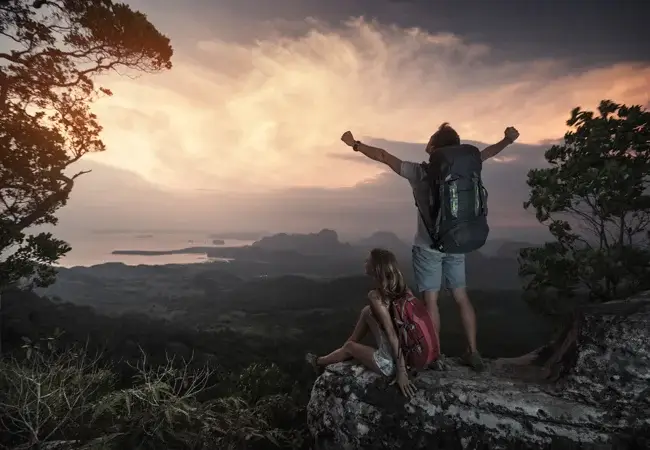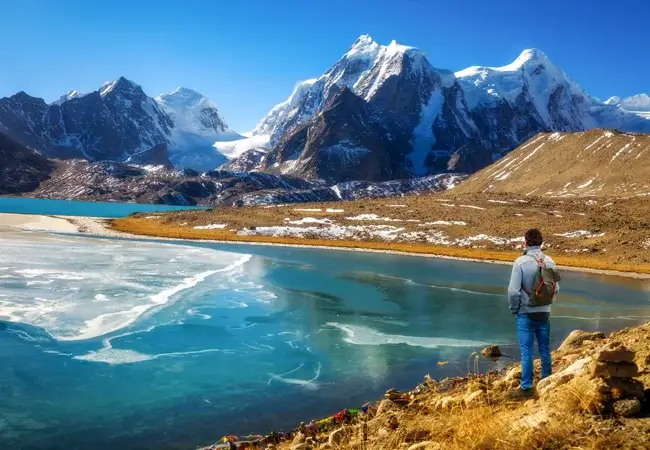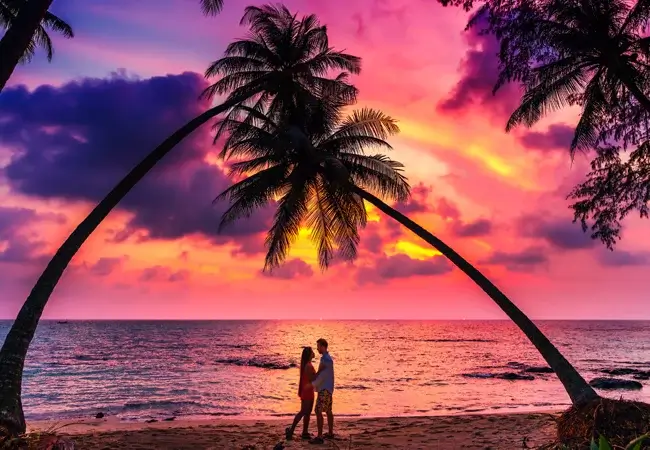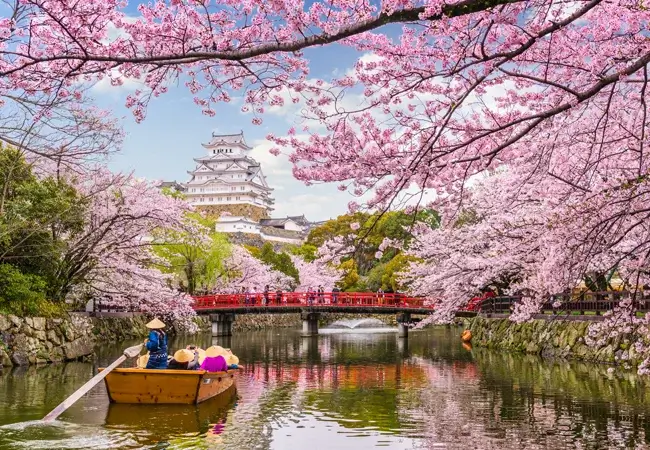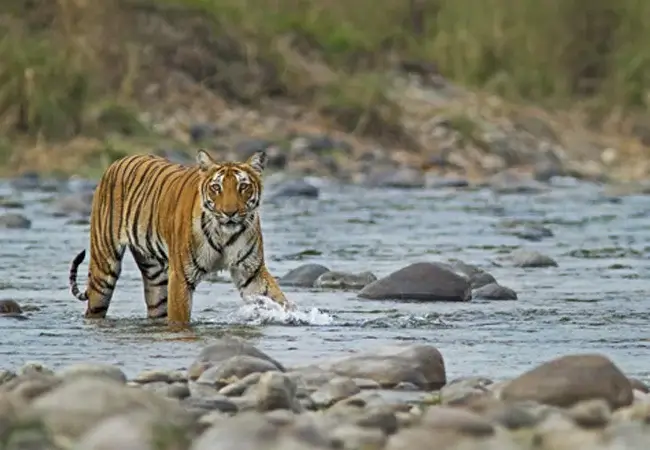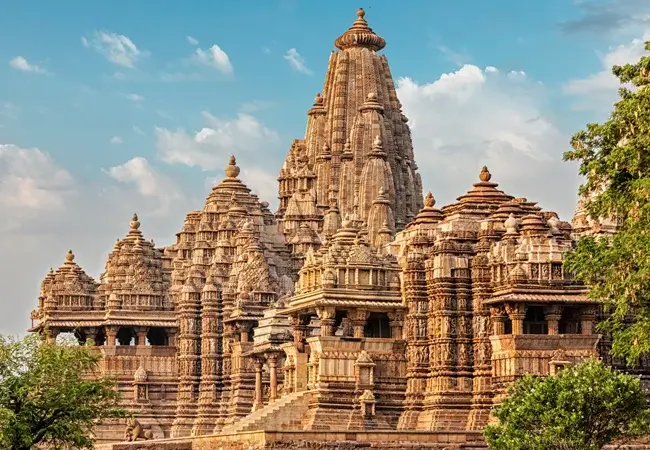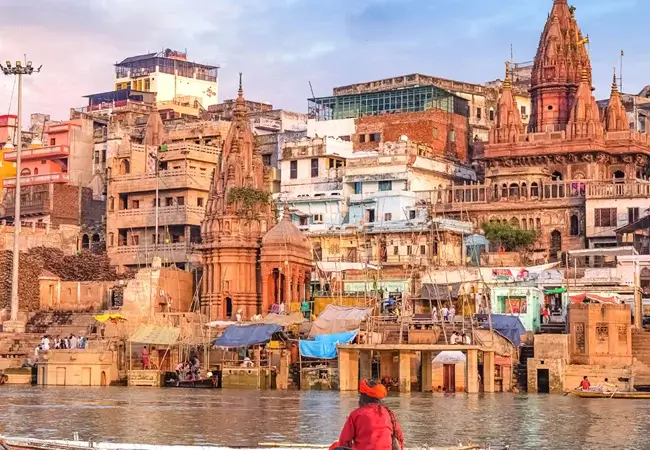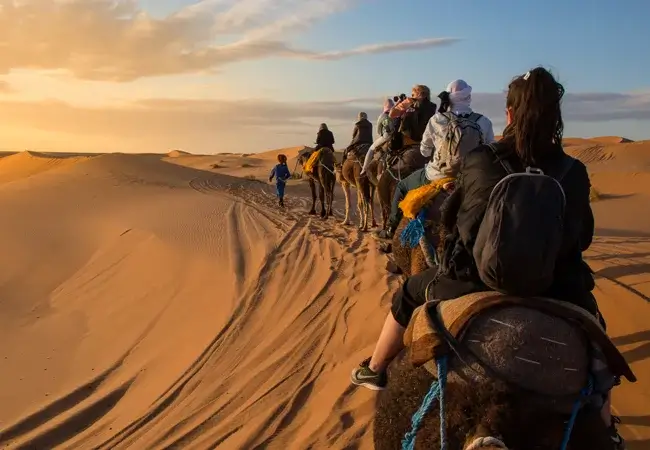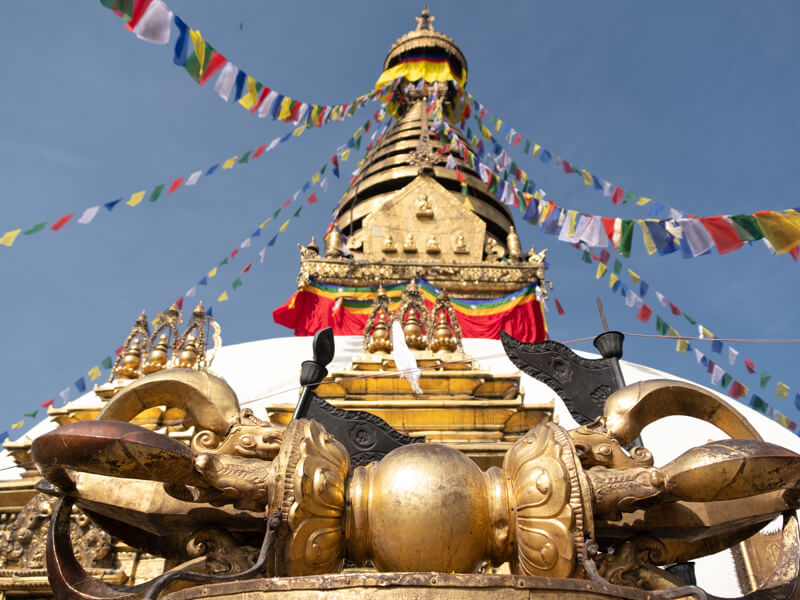
Kathmandu
Looking for a soul-soothing getaway? Discover Kathmandu, the heart of Nepal, known for its ancient temples, spiritual vibes, and rich cultural heritage. Whether you're planning a solo trip or a family pilgrimage, this city offers a perfect blend of peace, history, and devotion.
With Safaar’s Kathmandu tour package, explore sacred sites like Pashupatinath Temple, Swayambhunath Stupa, and more—expertly curated for a seamless travel experience. Our Nepal Kathmandu tour is ideal for those seeking both spiritual depth and scenic beauty.
Book your journey with Safaar, a trusted travel company offering the best in comfort, guidance, and unforgettable memories.
Kathmandu, the spiritual and cultural heart of Nepal, offers something for every kind of traveler. If you're planning a quick Nepal Kathmandu tour focused on religious sites like Pashupatinath Temple, Swayambhunath (Monkey Temple), Boudhanath Stupa, and Durbar Square, a 2–3 day trip is ideal.
Looking for adventure too? Extend your stay to explore short treks in the Kathmandu Valley or nearby areas like Langtang Valley—perfect for 4 to 7-day getaways. For seasoned trekkers, longer trails may require a couple of weeks.
Don’t miss the bustling local markets filled with vibrant textiles, unique handicrafts, and souvenirs. Add an extra day for shopping and relaxation.
With Safaar’s Kathmandu tour package, your itinerary is flexible and fully customizable to match your pace, interest, and travel goals.
Swayambhunath Temple, also known as the Monkey Temple, is one of the oldest and most sacred religious sites in Kathmandu. Located atop Semgu Hill, it offers stunning views of the city after climbing 365 steps. Pilgrims walk clockwise around the stupa to seek blessings and cleanse sins.
According to legend, the temple emerged from a lotus in a lake that once covered the valley—hence the name Swayambhunath meaning “self-existent.” A key highlight in every Nepal Kathmandu tour, it's a must-visit spot in your Safaar Kathmandu tour package.
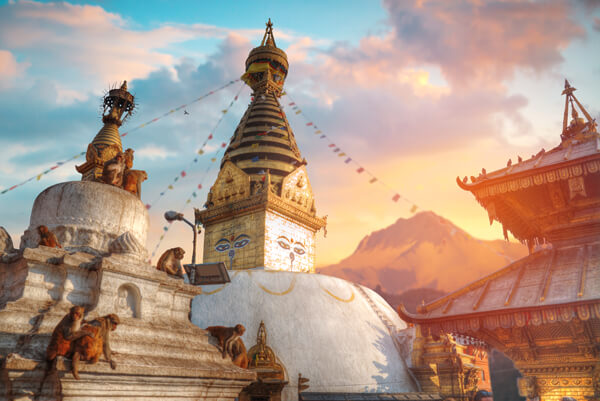
Located on the banks of the Bagmati River, Pashupatinath Temple in Kathmandu is one of Nepal’s most sacred religious sites, dedicated to Lord Shiva. A UNESCO World Heritage Site since 1979, the temple draws thousands of devotees each year seeking divine blessings.
Locals believe the Jyotirlinga here represents the head of the twelve Jyotirlingas in India. With deep-rooted legends and spiritual energy, Pashupatinath is a must-visit on any Nepal Kathmandu tour. Explore this divine site with the Safaar Kathmandu tour package for a truly spiritual experience in the heart of Nepal.
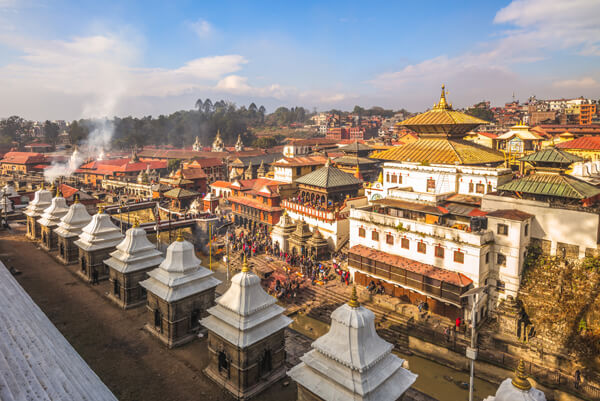
Located just 11 km from Kathmandu, the majestic Boudhanath Stupa is one of the largest spherical stupas in Nepal and a revered Buddhist pilgrimage site. Devotees perform the sacred ritual of Kora—walking clockwise around the stupa—to earn good karma and spiritual merit.
Declared a UNESCO World Heritage Site in 1979, this Buddhist stupa in Kathmandu is surrounded by over 50 Tibetan gompas, offering a deep cultural experience. Known by names like Chorten Chempo and Khasti, it’s a must-visit in any Nepal Kathmandu tour with Safaar Kathmandu tour package.
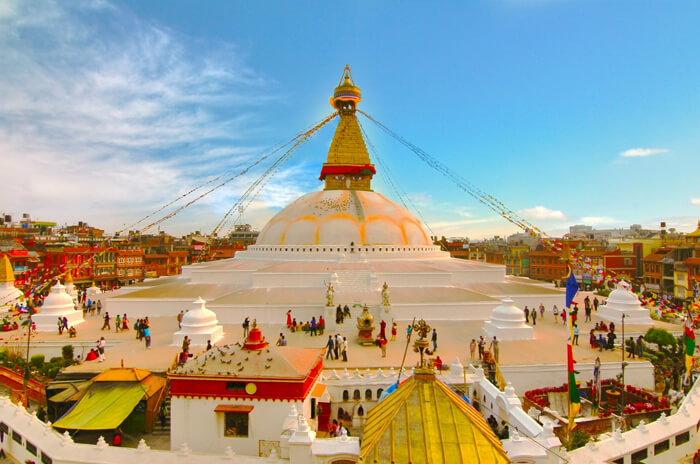
Durbar Square in Kathmandu is a UNESCO World Heritage Site known for its stunning traditional Newari architecture and royal legacy. Once the seat of Nepalese kings, the square has witnessed coronation ceremonies and centuries of rich cultural history. Despite damage during the 2015 earthquake, its charm remains intact.
The complex includes Basantapur Square, Hanuman Dhoka, and the main Durbar Square, housing iconic attractions like Taleju Temple, Jagannath Temple, Kalbhairav Temple, Kumari Bahal, and more. A must-see on any Nepal Kathmandu tour, this site beautifully reflects Nepal’s spiritual and architectural heritage.
Explore this royal landmark with a Safaar Kathmandu tour package for an unforgettable journey into Nepal’s past.
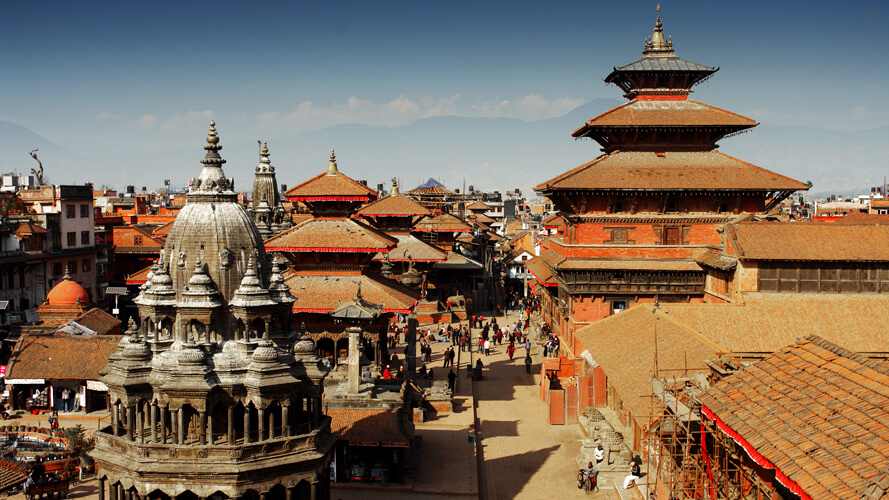
Planning a trip to Kathmandu? The ideal time to explore this cultural gem is between September and December. With clear skies, pleasant weather, and festive vibes, this is the perfect season to visit iconic landmarks like Pashupatinath Temple, Boudhanath Stupa, and Durbar Square. Book your Kathmandu tour during this time for the best spiritual and scenic experience Nepal has to offer!


